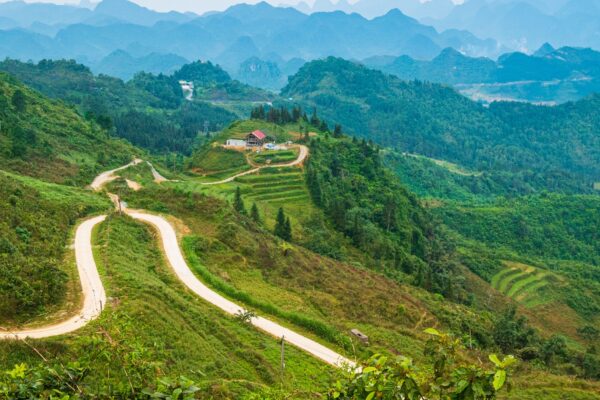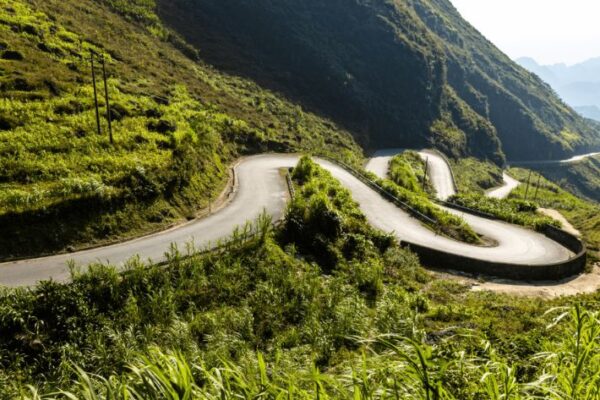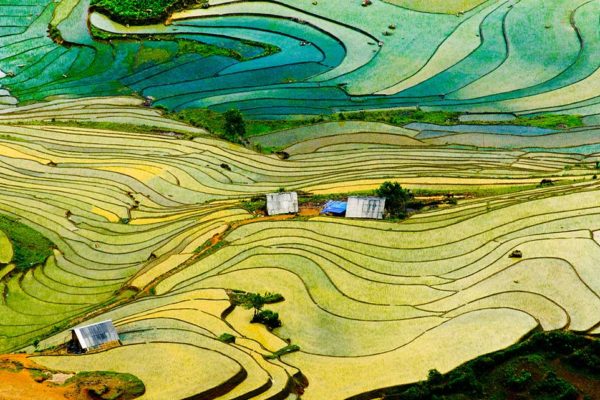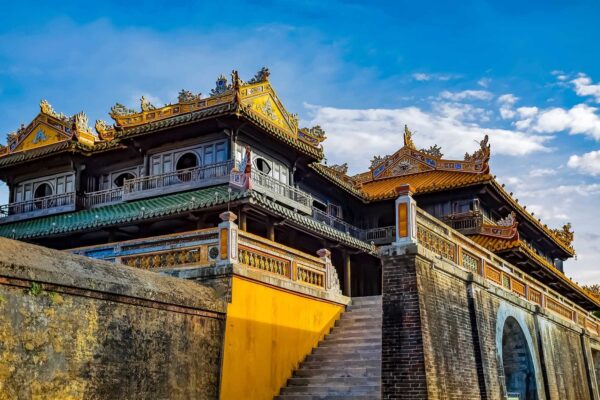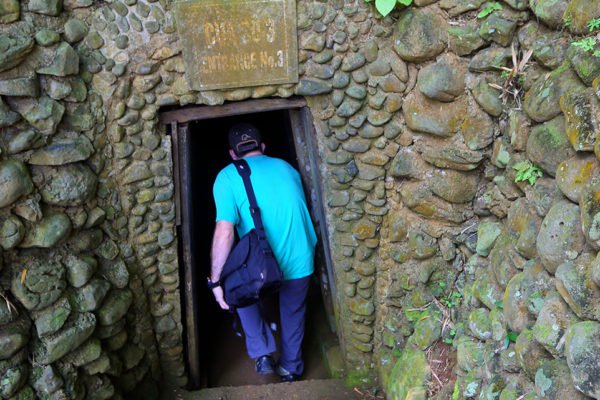What To Pack For Ha Giang Loop: Your Most Completed List
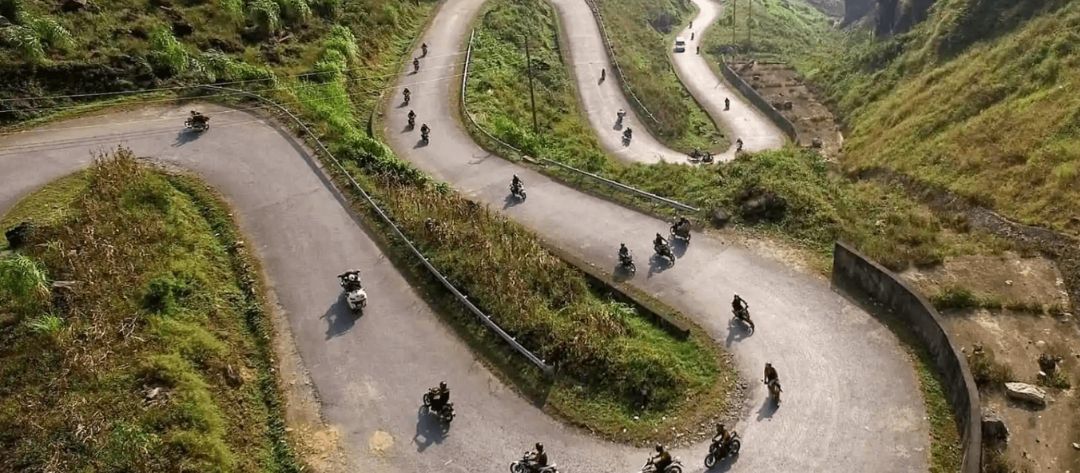
The Ha Giang Loop, a hidden gem in Vietnam’s northernmost province, beckons with its panoramic landscapes and deep-rooted cultural experiences. It has become the top must-visit destination for nature lovers and all those daredevils as well. To maximize your adventure, it’s crucial to list out what to pack for Ha Giang Loop mindfully.
In this article, you’ll find a comprehensive yet curated packing list for the Ha Giang Loop, tailored for travelers who value comfort, quality, and ease. We’ll cover everything from climate-specific clothing and essential riding gear to health and safety items, practical electronics, and what not to bring.
Each section is crafted to help you pack with confidence, reduce unnecessary weight, and elevate your experience through preparation and peace of mind.
Why Smart Packing Can Make or Break Your Experience
Unlike guided city tours or resort-based holidays, a motorbike loop in Ha Giang demands that you travel light, travel smart, and anticipate the unexpected. From strong sun to sudden mountain fog, warm afternoons to brisk highland evenings—the climate can shift dramatically in a single day. And with only limited space on your motorbike or daypack, every item must earn its place.
Packing well doesn’t mean overpacking. It means selecting items that are both purposeful and versatile—clothing suited to both function and style, gear designed for comfort and mobility, and accessories that keep you safe, dry, and connected in a region where resources can be scarce.
More importantly, it allows you to fully enjoy the beauty of the experience: riding through cloud-covered passes, staying in authentic homestays, and embracing Vietnam’s natural and cultural richness, without distraction or discomfort.
Know Before You Pack: Climate, Terrain & Local Conditions
Before you begin to consider what to place in your bag, it’s essential to first understand the landscape and climate of Ha Giang. This isn’t just another countryside excursion since Ha Giang is a region of elevated extremes: both in its natural beauty and in the logistics it demands.
Seasonal Weather: A Landscape That Changes with the Sky
Ha Giang’s climate doesn’t follow the neatly packaged rhythms of more temperate zones. Here, the weather can vary not only by season but by altitude, time of day, and geographic pocket. Packing appropriately means preparing for both the predictable and the unexpected.
Spring (March to May) – Mild, Misty, and Awakening
This is a time of emergence and color. The hills are fresh with the first greens of the year, and apricot and peach blossoms add a touch of delicate beauty to the highlands. Days are typically cool to warm, while mornings and evenings remain brisk. Mist is not uncommon in the early hours, particularly on mountain ridges.
What to expect: Layered clothing works best. Light base layers, a breathable jacket, and a scarf or buff to keep the morning chill at bay are recommended.
Summer (June to August) – Warm Days, Sudden Rains
The summer months bring heat and humidity, often accompanied by afternoon showers or more sustained monsoon rains. The lush greenery is at its peak, and waterfalls tumble from the cliffs. However, wet conditions can make the roads slick and visibility more challenging.
What to expect: A reliable rain jacket is a must, as is a dry bag or waterproof cover for your belongings. Quick-drying fabrics and sun protection are also advisable.
Autumn (September to November) – Clear Skies, Golden Fields
This is widely regarded as the most favorable season to experience the Ha Giang Loop. The weather is cool, dry, and remarkably clear, offering spectacular visibility of the landscape. Golden rice terraces in harvest season provide iconic views.
What to expect: Ideal conditions for travel. A light sweater or fleece may be needed in the evenings, but the days are comfortable and rewarding.
Winter (December to February) – Crisp Air, Mountain Fog, and Tranquility
Winter in the northern highlands can be unexpectedly cold, with temperatures dipping below 10°C (50°F)—especially at night or in higher altitudes like Dong Van and Meo Vac. Fog can descend without warning, reducing visibility and adding a mystical quiet to the mountains.
What to expect: Warm layers are essential. Think insulated jackets, gloves, a woolen hat, and base layers that retain warmth without adding bulk. Even during the day, you’ll want to be well-insulated if riding for extended hours.
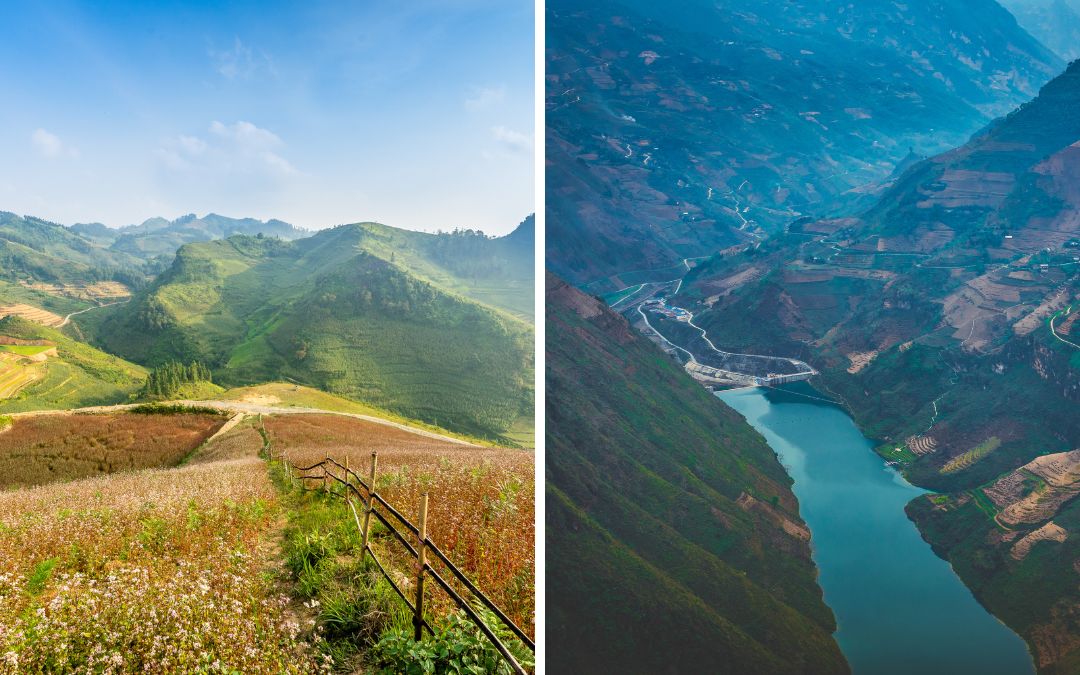
Ha Giang in different seasons
Terrain & Road Conditions: The Beauty and the Challenge
The Ha Giang Loop is not defined solely by its weather. The journey is as much about the terrain under your tires as it is the skies above. Understanding the nature of the road will help you pack wisely, ensuring safety and comfort along the way.
- Mountain Passes: The route snakes through dramatic switchbacks, high ridges, and narrow roads etched into cliff sides. The views are extraordinary, but the paths demand steady handling and clear focus.
- Remote Dirt Roads: Off the main route, you may encounter segments of gravel or earth, especially after rain. These require proper footwear and the ability to manage your bike with care.
- No Street Lighting: After sunset, most of the route is enveloped in darkness. A headlamp or torch is recommended, especially if you’re walking from homestays or exploring on foot at night.
- Sudden Weather Shifts: The terrain changes quickly, and so does the climate. A stretch of sunlit road can lead to a shaded pass enveloped in fog within minutes.
What To Pack For Ha Giang Loop: Ultimate List Of 10 Things
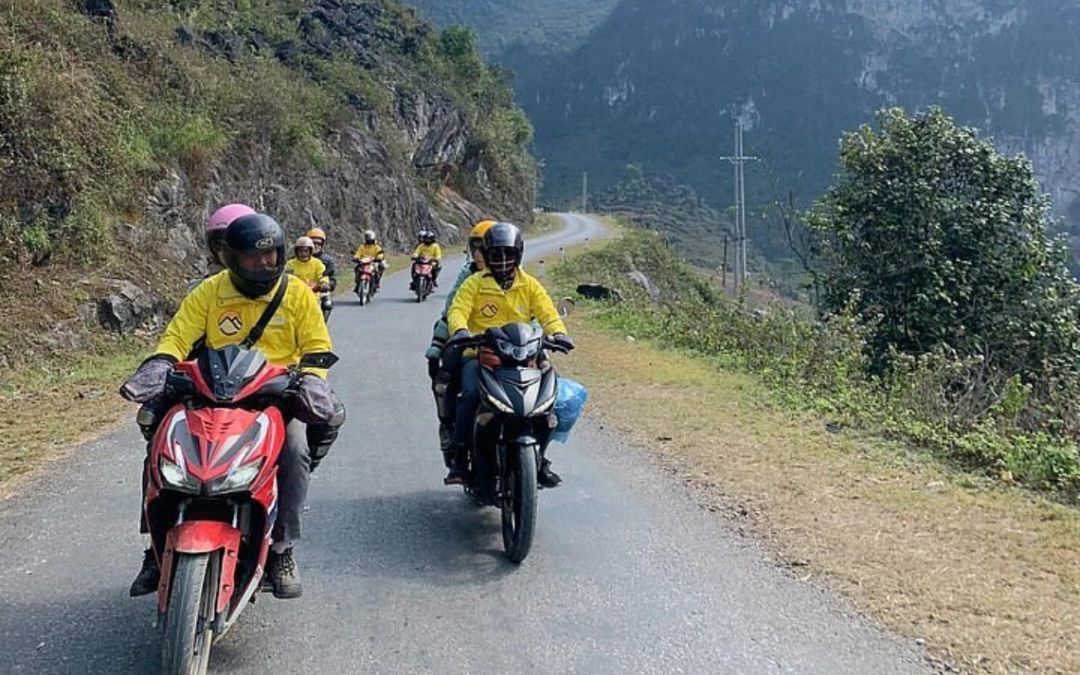
A refined guide to riding light, staying comfortable, and embracing the road ahead with confidence.
Clothing Essentials: Style Meets Smart Function
In a region where you may start your morning riding through chilly mountain air and end your afternoon basking in warm sunlight, clothing choices must be layered, lightweight, and adaptable. Think less in terms of outfits and more in terms of systems—each layer serving a purpose.
Base Layers
- Breathable cotton or moisture-wicking T-shirts
- Long-sleeved shirts for sun protection and cooler mornings
Base layers are your first line of comfort. Avoid anything too heavy or synthetic that traps moisture. Opt instead for soft, breathable fabrics that regulate temperature as you ride or walk through varying altitudes.
Mid Layers
- A fleece pullover, a light sweater, or a thermal long-sleeve
- A comfortable hoodie for evenings in mountain villages
Mid layers provide warmth when the sun dips or when you reach higher altitudes. Choose items that are insulating yet light enough to fold away when not needed.
Outer Layer
- A high-quality, waterproof and windproof jacket
- Optional insulated jacket for travel during winter months
This is your shield against sudden rain, wind, and mist. Ideally, your outerwear should pack down easily but provide full coverage and breathability. If you’re traveling in the winter, prioritize insulation without excessive bulk.
Bottoms
- Stretchable travel pants or quick-drying trekking trousers
- Comfortable leggings (for women) or thermal long johns (for colder rides)
Pants should allow ease of movement and be able to withstand both extended time in the saddle and brief hikes to scenic viewpoints or villages. Avoid jeans or overly casual fabrics.
Footwear
- Closed-toe walking shoes or lightweight hiking boots with grip
- Sandals or flip-flops for homestays and evening relaxation
Your main shoes should be both durable and comfortable for riding and walking. Many travelers overlook this and suffer from cold or wet feet. Bring a change of lighter footwear for evenings when you want to relax.
Accessories
- Riding gloves (for grip and warmth)
- Lightweight scarf, neck gaiter, or buff
- Hat or cap for sun exposure
- Beanie for colder months
These small items make a significant difference. Gloves reduce hand fatigue and shield against the cold. A buff or scarf doubles as sun protection, wind shield, or dust cover. Elegance lies in the detail—and so does comfort.
The Right Bag: What to Bring, and How to Carry It
Unlike airport transfers or luxury train rides, Ha Giang Loop travel requires hands-free, secure, and minimalist baggage choices. You won’t have room for wheeled luggage or overstuffed totes here.
- Primary Bag (Leave Behind): Most tour operators or hotels in Ha Giang Town allow you to safely store your main luggage while you complete the loop. Use this opportunity to travel with only the essentials.
- Daypack (20–25L, Waterproof or Covered): Your travel companion for the ride. Opt for a durable, ergonomic daypack with compartments. Include a rain cover or use a dry bag insert to keep items protected from the elements.
- Optional Waist Pack or Crossbody Bag: Ideal for quick-access items like passports, phone, tissues, and sunglasses—keeping them within easy reach at all times.
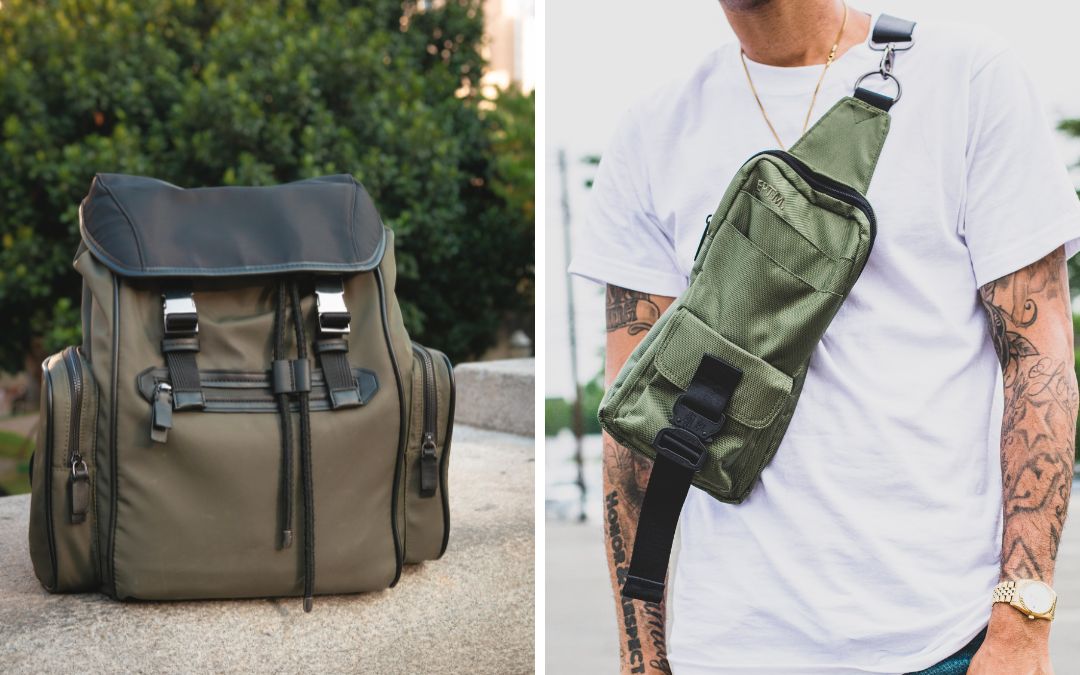
Choose the most proper bag for your Ha Giang trip
Motorbike Gear: Ride Safe, Ride Well
Even if you’re traveling as part of a guided or chauffeured tour, safety and comfort gear are still important.
- Quality Helmet (usually provided by the tour company)
- Rain Poncho or Full-Body Rain Suit
- Protective Gloves for Riding
- Dry Bag / Bungee Cords (if bringing your own gear)
Most reputable tours will provide motorbike helmets and rain gear, but the quality varies. If you have specific preferences or needs, inquire in advance or consider bringing your own accessories. Gloves especially—often overlooked—can make a notable difference in both grip and warmth during the ride.
>> Read More: A Full Guide To Conquer The Ha Giang Loop
Health, Hygiene & Personal Care
A well-stocked health and hygiene kit ensures peace of mind throughout your journey, especially given Ha Giang’s rural setting.
- First Aid Kit (band-aids, antiseptic, motion sickness pills, anti-inflammatories)
- Prescription Medications (with a small backup supply)
- Insect Repellent & Sunscreen (non-negotiables in this environment)
- Toiletries (toothbrush, toothpaste, biodegradable soap, tissues)
- Hand Sanitizer & Wet Wipes
While many homestays are charming and rustic, some amenities may be basic. Bringing your own set of essentials guarantees a more pleasant experience, especially during overnight stays.

Always bring a first aid kit with you
Electronics & Essentials
While the loop offers a chance to disconnect, you’ll still want to ensure your devices stay charged, protected, and accessible when needed.
- Phone & Charger
- Power Bank (10,000mAh or more)
- Torch or Headlamp (especially useful at night)
- Camera or GoPro (optional, but appreciated for the scenery)
- Universal Travel Adapter (Vietnam uses 220V, plug types A/C)
A headlamp is particularly helpful in villages where streetlights are rare. Evenings can be charmingly dark, so don’t rely solely on your phone flashlight.
Travel Documents & Cash
Traveling through Ha Giang requires a few important documents and plenty of local currency—card payments are rare, and ATMs may not be readily available.
- Passport & Vietnam Visa (photocopy & digital backup recommended)
- Valid Driver’s License + International Driving Permit (if riding)
- Travel Insurance (must cover motorbike travel)
- Emergency Contact Details
- Cash in Vietnamese Dong (bring small notes for food, fuel, and homestays)
Avoid carrying all your money in one place. Keep small denominations handy for daily expenses, and larger amounts stored safely within your pack.
Navigational Narratives: Trusty Maps & Guides for the Curious Traveler
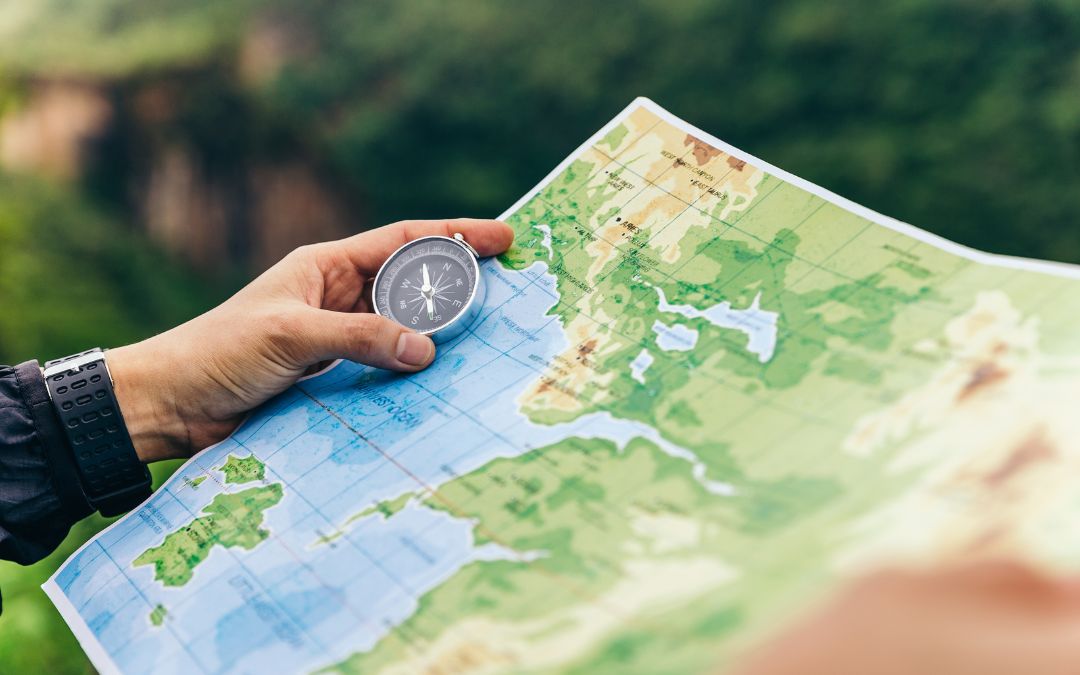
Maps and compasses are necessary for your Ha Giang travel
Equipping yourself with reliable navigation tools ensures you won’t miss out on any hidden treasures.
- Physical map: In places where digital signals falter, a good old-fashioned map comes to the rescue.
- Guidebook: A treasure trove of local insights, history, and cultural nuances.
- Compass or GPS device: For the tech-savvy traveler, these devices can be indispensable guides through unfamiliar terrains.
Gastronomic Goodies: Nourish & Hydrate as You Explore
Fueling your body with the right nutrients ensures you’re energized for the adventures ahead.
- Snacks: Pack a mix of energy bars, local nuts, dried fruits, and perhaps even some local delicacies for a quick energy boost.
- Water purification tablets or filters: Essential for ensuring safe drinking water from natural sources.
- Instant meals: Handy for those impromptu camping nights or when local eateries are closed.
>> See Tour: Discover Ha Giang & The Far North
What You Don’t Need to Bring
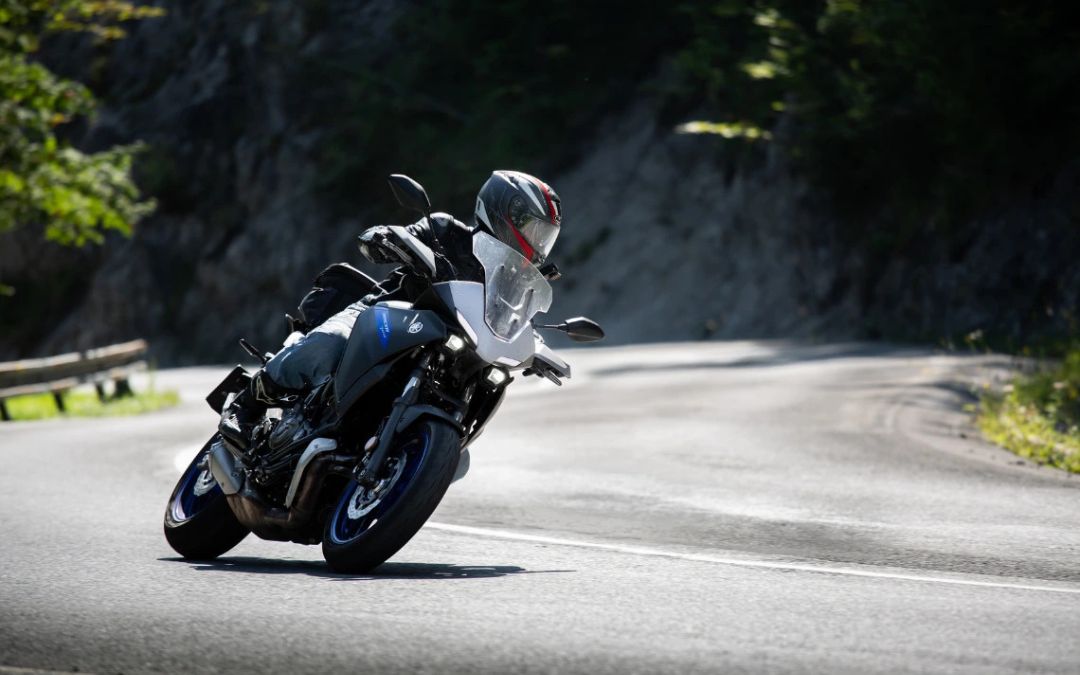
Bring only what enhances the journey and supports the freedom to move
Leave the Hotel Amenities at Home
One of the common misconceptions when preparing for remote travel is the need to bring every toiletry or personal item “just in case.” In Ha Giang, you’ll find that many charming local homestays—though rustic in spirit—are well-prepared for your arrival.
- Towels are almost always provided at guesthouses and homestays, neatly folded and ready after a long day’s ride. Carrying your own bulky towel becomes unnecessary, especially when storage is at a premium.
- Similarly, large bottles of shampoo or body wash take up space and are often replaced with simple, local alternatives provided by hosts. If you prefer your own products, opt for small travel-sized bottles in a zip-lock pouch.
Skip the Heavy Luggage
While the instinct to pack options for every scenario is understandable, the real luxury on the Ha Giang Loop is mobility. Most reputable tour operators and hotels in Ha Giang town will offer secure luggage storage while you’re on the loop, allowing you to travel with just a streamlined daypack.
- Suitcases and rolling luggage are not suitable for this journey. Roads are narrow, unpaved in sections, and homestays often sit at the top of gravel paths or stone staircases.
- Instead, bring a compact, waterproof backpack with the essentials for 3–4 days. This minimalist approach doesn’t limit you—it liberates you to engage fully in the ride, the views, and the cultural moments you’ll encounter.
Forget the Formalwear
The Ha Giang Loop is not the place for cocktail dresses, collared shirts, or designer heels. While many travelers still wish to maintain a sense of personal style, it is best to embrace refined practicality over aesthetics.
- High heels, formal shoes, or delicate fabrics will not serve you well on dusty paths, motorbike footrests, or when navigating village terrain.
- Instead, select well-made, versatile pieces that can transition from day to night. A soft cashmere pullover or tailored zip fleece offers both warmth and polish when dining with hosts or enjoying an evening by the fire.
Let’s Wrap Up
The Ha Giang Loop promises a tapestry of experiences, from breathtaking landscapes to heartwarming cultural exchanges. But, as with any great adventure, success lies in the details. A well-packed bag is akin to a well-planned journey: both are seamless, equipped for surprises, and ready for the memories ahead.
Use this guide as your checklist for what to pack for Ha Giang Loop, but remember—while the items you carry are vital, it’s the spirit of exploration that truly defines the journey. Here’s to the road ahead and the stories yet to be told!
If you’re ready to embark on an unforgettable journey through the winding roads of the Ha Giang Loop, let the committed travel designers at Asia Pioneer Travel help you plan your dream adventure. With years of experience in crafting personalized itineraries, the Asia Pioneer team can handle all the logistics, from securing reliable transportation to booking unique accommodations. Start Planning Your Expedition now!
